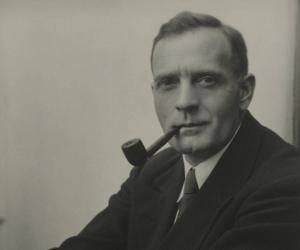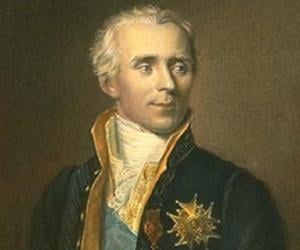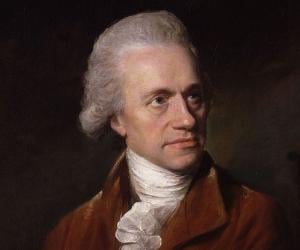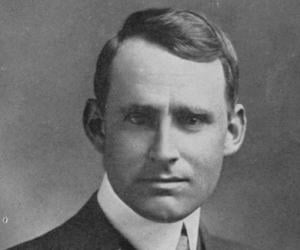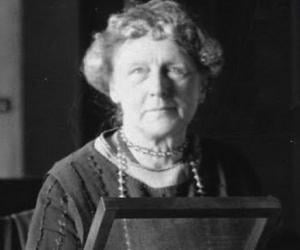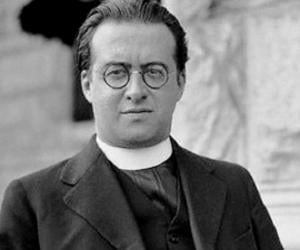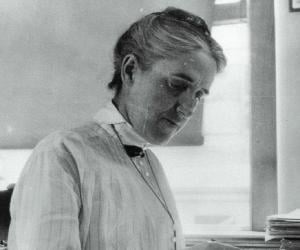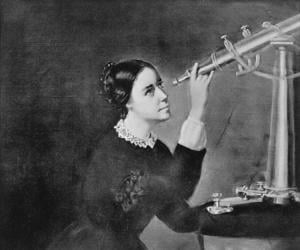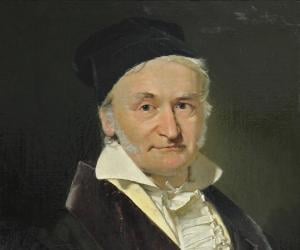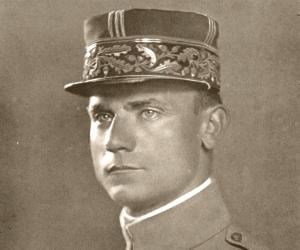While the Hubble Telescope, named after Edwin Powell Hubble, reminds one of his contribution to astronomy, he failed to get a Nobel Prize, as back in his time, the Nobel Committee didn’t recognize astrophysics as a valid science. He is best remembered for his work on galaxies and extragalactic astronomy.
Though French scholar Pierre-Simon Laplace is primarily known for his work on the solar system, his research extended to areas such as mathematics and physics, apart from astronomy. Widely known as the Newton of France, he escaped being executed during the French Revolution, owing to his lack of political views.
William Herschel was a German-born British astronomer and composer. He pioneered the use of astronomical spectrophotometry and discovered infrared radiation. Impressed by his work, King George III appointed him the Court Astronomer. Herschel often collaborated with his sister, Caroline Lucretia Herschel, a fellow astronomer. In 1816, he was made a Knight of the Royal Guelphic Order.
Arthur Eddington was an English physicist, astronomer, and mathematician. He wrote numerous articles that explained Albert Einstein's theory of general relativity to the English-speaking world. He began his career in academics and eventually shifted to astronomy, becoming the chief assistant to the Astronomer Royal at the Royal Greenwich Observatory. He was a recipient of the Henry Draper Medal.
After studying physics and astronomy at Wellesley College, Annie Jump Cannon traveled across Europe and focused on photography for a decade, before venturing to study astronomy again. At the Harvard Observatory, she made a considerable contribution to the classification of stellar bodies. She was almost deaf due to scarlet fever.
Georges Lemaître was a mathematician, astronomer, and professor of physics. Lemaître was the first person to theorize that the expansion of the universe can be used to explain the recession of nearby galaxies. In 1927, Lemaître published the first estimation of the Hubble constant. He also came up with the Big Bang theory to explain the origin of the universe.
Born to a church minister, Henrietta Swan Leavitt grew up to work as a “human computer” at the Harvard Observatory. The American astronomer gained fame for discovering the period-luminosity relation of Cepheid variables. However, her brilliant scientific career was halted by her death due to stomach cancer at 53.
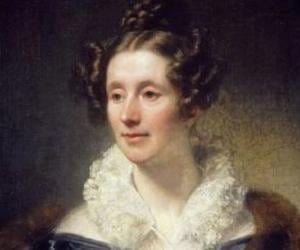
One of the two pioneering female honorary members of the Royal Astronomical Society, Mary Somerville was a 19th-century polymath and science writer. Though she specialized in math and astronomy, she was also well-versed in botany and geology. The Connection of the Physical Sciences remains her most notable work.
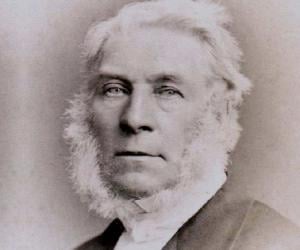
Renowned meteorologist and aeronaut James Glaisher was a pioneer of balloon flights and had penned the iconic book Travels in the Air. He had also contributed to the formation of the Meteorological Society and the Aeronautical Society of Britain. The 2019 movie The Aeronauts depicts his exploits as a balloonist.
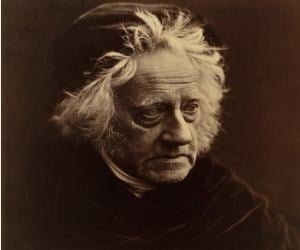
The son of renowned astronomer William Herschel, John Herschel was educated at Eton and Cambridge and grew up to be a polymath. Apart from contributing to the field of photography, he was known for cataloguing and naming stars and satellites. He briefly also served as the Master of the Royal Mint.
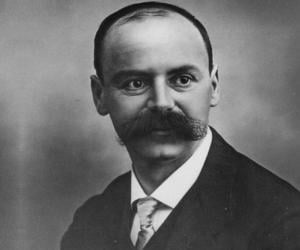
Karl Schwarzschild was a German astronomer and physicist. He is remembered for his contributions to the general theory of relativity; Schwarzschild came up with the first exact solution to the Albert Einstein field equations. He also contributed immensely to the theory of black holes.
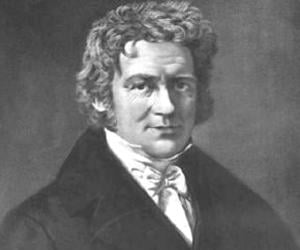
Friedrich Bessel was a German mathematician, astronomer, geodesist, and physicist. He was the first astronomer to use the method of parallax in order to determine the distance of a star from the sun. Bessel was a much-respected figure during his time. He was honored with the Gold Medal of the Royal Astronomical Society.
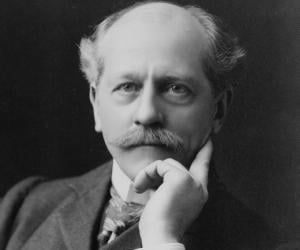
Born into the famous Brahmin Lowell family of Massachusetts, Percival Lowell studied at Harvard, where he excelled in math. He managed a cotton mill and also spent time in Asia as a diplomat. He is best remembered for initiating the discovery of Pluto and for studying the canals on Mars.

American astronomer, naval officer, oceanographer and author Matthew Fontaine Maury, who first served the United States Navy and then the Confederacy States Navy, made significant contributions in oceanography. His book Physical Geography of the Sea is counted among the first comprehensive books on oceanography. Navies and merchant marines across the world adopted his uniform system of recording oceanographic data.
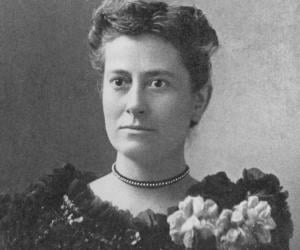
Born in Scotland, Williamina Fleming moved to the U.S. with her husband, where she began working as a housekeeper for Harvard Observatory director Edward C. Pickering. Pickering secured her a job at the observatory, and Fleming went on to establish a classification and cataloguing system for stars.
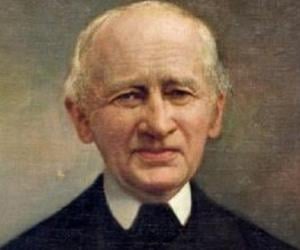
Johann Gottfried Galle was a German astronomer who worked at the Berlin Observatory. On 23 September 1846, he became the first person to view and recognize the planet Neptune. The discovery of Neptune is considered one of the most significant moments of 19th-century science and is widely regarded as a validation of celestial mechanics.
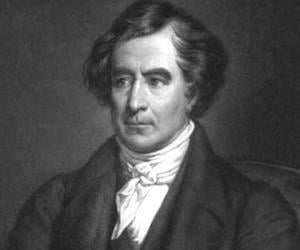
French physicist and mathematician François Arago discovered rotatory magnetism, named Arago's rotations. He is also remembered for his research on the wave theory of light and for the reforms he introduced as the French minister of war and the navy. The Eiffel Tower has his name inscribed on it.
German mathematician and physicist Carl Friedrich Gauss is remembered for his work in math and science. Known as the Princeps mathematicorum, he laid down tenets such as the Gauss's Law. He had exhibited his talent since an early age and had completed writing Disquisitiones Arithmeticae by 21.
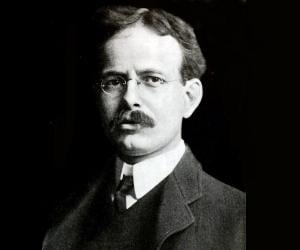
George Ellery Hale was an American solar astronomer. He discovered magnetic fields in sunspots, a discovery that gained him international fame. He played key roles in the planning or construction of several world-leading telescopes, including the 40-inch refracting telescope at Yerkes Observatory. He was a major figure in the foundation of the International Union for Cooperation in Solar Research.
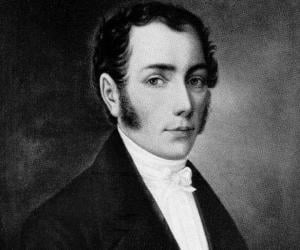
Joseph von Fraunhofer was a Bavarian optical lens manufacturer and physicist. He is credited with developing diffraction grating and inventing the spectroscope. He is also credited with discovering the Fraunhofer lines, the dark absorption lines produced in the spectrum of the sun. The Fraunhofer Society, Europe's biggest Society for the Advancement of Applied Research, is named in his honor.
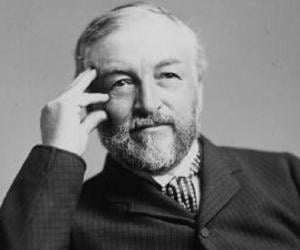
Astrophysicist Samuel Pierpont Langley had worked as an engineer before he taught physics and astronomy at the Western University of Pennsylvania. He later took over as the director of the Allegheny Observatory. He is best remembered for his research on solar radiation and for inventing the bolometer.
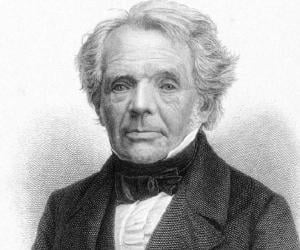
August Ferdinand Möbius was a German theoretical astronomer and mathematician. He is best remembered for his discovery of the Möbius strip, the simplest non-orientable surface. He is also remembered for introducing the Barycentric coordinate system. Several mathematical concepts like the Möbius transformations and the Möbius plane are named in his honor.
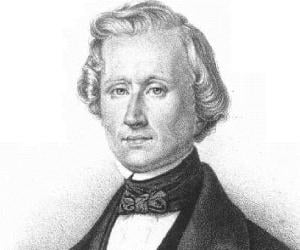
French astronomer Urbain Le Verrier revolutionized celestial mechanics by ascertaining the existence of Neptune by mathematical means. Apart from winning the Royal Society of London’s Copley Medal, he had also led the Observatory of Paris as its director. His name remains one of the 72 engraved on the Eiffel Tower.
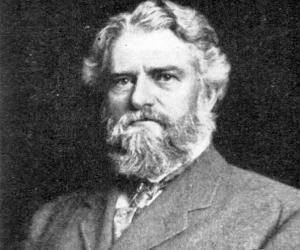
Initially a herbalist’s apprentice, Simon Newcomb later deviated to mathematics and astronomy. Born to a schoolteacher, he had loved math since age 5 but wasn’t formally educated. He later joined Harvard University, taught math at the US Navy, detected locations of celestial bodies, and wrote a science-fiction novel, too.
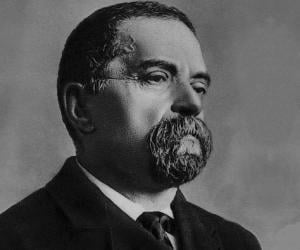
Giovanni Schiaparelli made headlines when he discovered the canals of Mars, suggesting the existence of intelligent life forms on the planet. He also discovered the asteroid named Hesperia and was associated with the Brera Observatory in Milan for more than 40 years. He had also been a senator of Italy.
Milan Rastislav Štefánik was a Slovak politician, diplomat, aviator, and Freemason. He served as the minister of war for Czechoslovakia during World War I while simultaneously serving as a general in the French Army. He was a leading member of the Czechoslovak National Council and contributed to the cause of Czechoslovakian sovereignty. He died in a plane crash in 1919.
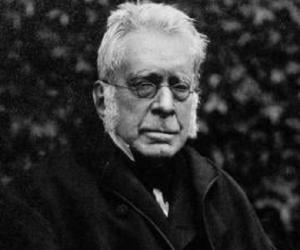
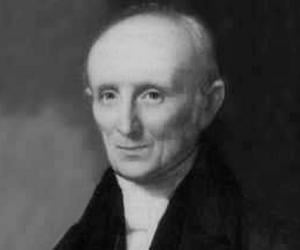
At 10, Nathaniel Bowditch was forced to quit studies due to poverty and started working, first at his father’s shop and then as a clerk in other shops. During his voyages in merchant ships, he discovered his love for math. He later redefined maritime navigation with his mathematical research.
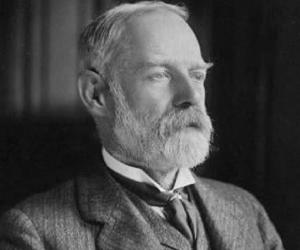
Born to legendary biologist Charles Darwin, George Darwin initially studied law and became a barrister. However, his interest in science made him deviate to astronomy. He believed the Moon was one part of the Earth. He later also taught at Cambridge and was made a Fellow of The Royal Society.
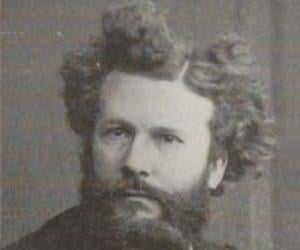
French astronomer Camille Flammarion began his career as a human computer at the Paris Observatory at 16. He believed intelligent beings from Mars had tried to communicate with people on Earth in the past. He also published L'Astronomie and penned sci-fi novels such as Omega: The Last Days of the World.
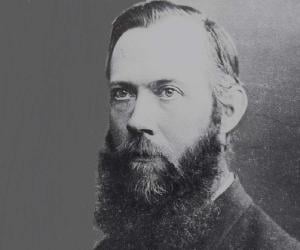
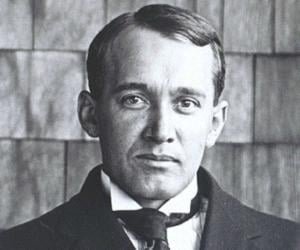
Vesto Slipher was an American astronomer who was the first to discover that distant galaxies are redshifted and also the first to relate these redshifts to velocity. He also performed the first measurements of radial velocities for galaxies. He completed his doctorate at Indiana University and spent his entire career at Lowell Observatory in Flagstaff.
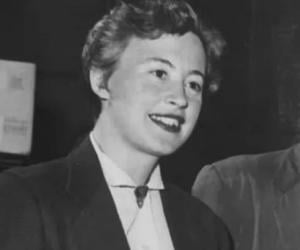
Margaret Burbidge was a British-American observational astronomer and astrophysicist. She was the first author of the influential B2FH paper and one of the founders of stellar nucleosynthesis. She held several leadership and administrative posts and was well known for her work opposing discrimination against women in astronomy. In 1988, she was awarded the Albert Einstein World Award of Science.
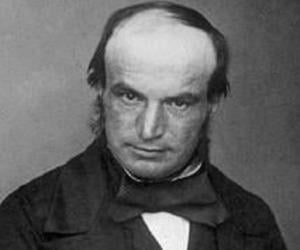
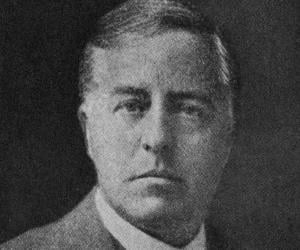
James Jeans was an English physicist, astronomer, and mathematician who made great contributions to the areas of quantum theory, the theory of radiation, and stellar evolution. Along with Arthur Eddington, Jeans is a founder of British cosmology. He spent his academic career at Trinity College, Cambridge, and the Princeton University. He received the Royal Medal in 1919.
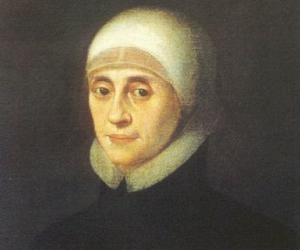
English nun Mary Ward was one of the first to show how influential women could be in the Church. Her work led to the development of the Congregation of Jesus and Blessed Virgin Mary, or the Loreto Sisters. She traveled on foot all across Europe, establishing schools and was often criticized by traditionalists.

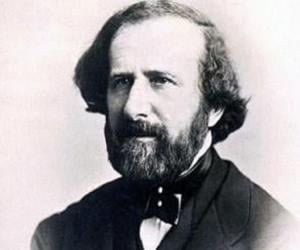
Physicist Hippolyte Fizeau is best remembered for conducting the Fizeau experiment, named after him, which measured the speed of light. His other achievements include his contribution to the discovery of the Doppler effect and his description of the capacitor to improve the efficiency of the induction coil.
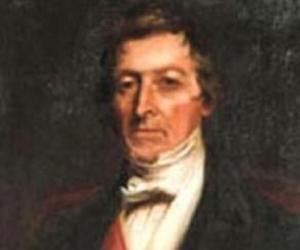
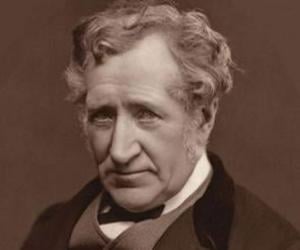
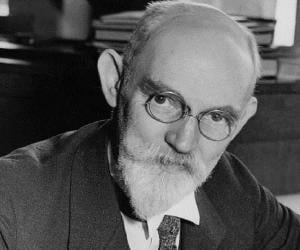
Willem de Sitter was a Dutch physicist, mathematician, and astronomer. A respected figure, Willem de Sitter served as the director of the famous Leiden Observatory from 1919 to 1934. He worked alongside Albert Einstein and made important discoveries in the field of physical cosmology. He was the recipient of the James Craig Watson Medal, Bruce Medal, and Prix Jules Janssen.
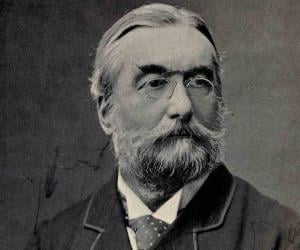
British astronomer Norman Lockyer is known for his discovery of the gas helium, along with French astronomer Pierre Janssen, though both worked independently. A talented author, too, he established the periodical Nature and remained associated with it till death. He was knighted for his achievements.
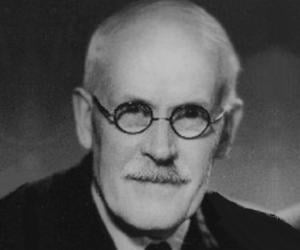
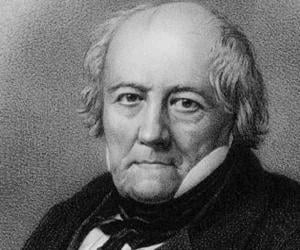
Jean-Baptiste Biot was a French physicist, mathematician, and astronomer. He was a co-discoverer of what became known as the Biot-Savart law of magnetostatics. He is also credited with establishing the reality of meteorites. He made major contributions to the fields of optics and magnetism as well. Cape Biot in eastern Greenland is named in his honor.
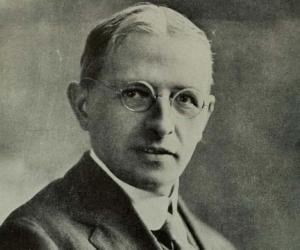
Astronomer Henry Norris Russell is best remembered for his efforts in making physics the core of astrophysical science. The Princeton alumnus later taught at his alma and became the director of the Princeton University Observatory. He also contributed to the Russell–Saunders coupling and the Hertzsprung–Russell diagram.
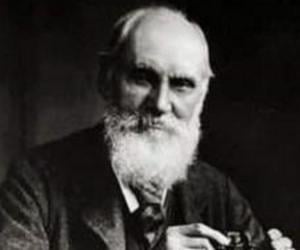
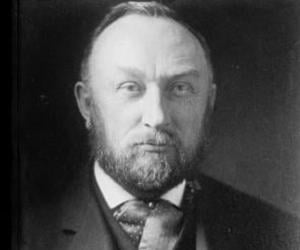
Astronomer and physicist Edward Charles Pickering was the man behind the first physics lab in the U.S. during his tenure as an MIT professor. Apart from inventing the meridian photometer and releasing the first photometric catalog, Harvard Photometry, he had also served as the director of the Harvard College Observatory.
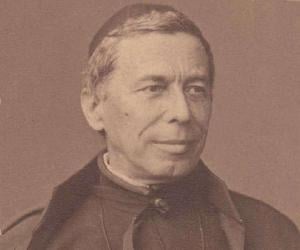
A pioneer in astronomical spectroscopy, Italian Jesuit priest and astronomer Angelo Secchi was among the first scientists who authoritatively stated that the Sun is a star. Notable contributions of Secchi, who served as director of the observatory at the Roman College for nearly three decades, includes discovering three comets and solar spicules; and inventing Secchi disk, heliospectrograph and telespectroscope.
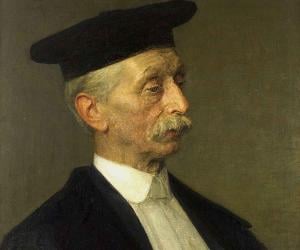
Jacobus Cornelius Kapteyn was a Dutch astronomer best remembered for his studies of the Milky Way. He proved the existence of galactic rotation and was also among the first astronomers to talk about the existence of dark matter as early as 1922. Over the course of his career, Kapteyn was honored with many awards like the James Craig Watson Medal.
